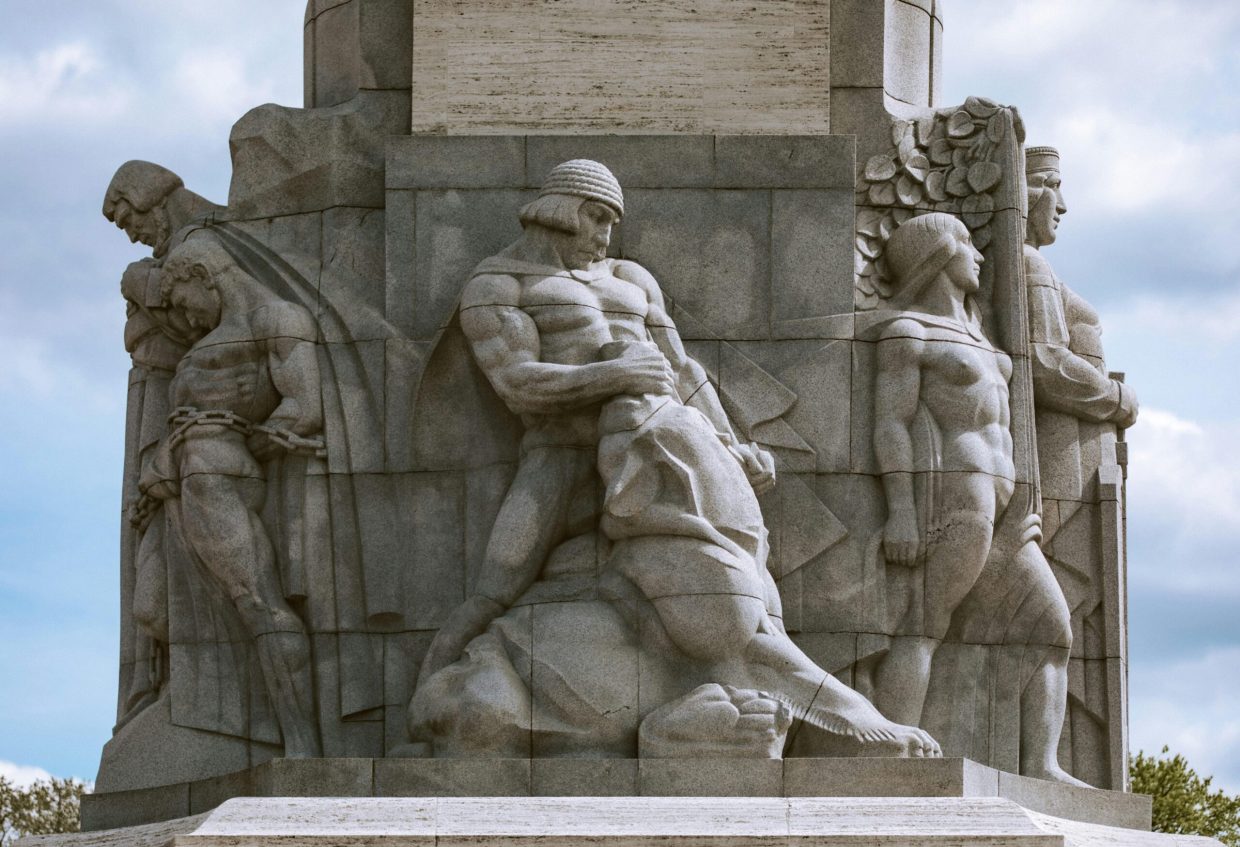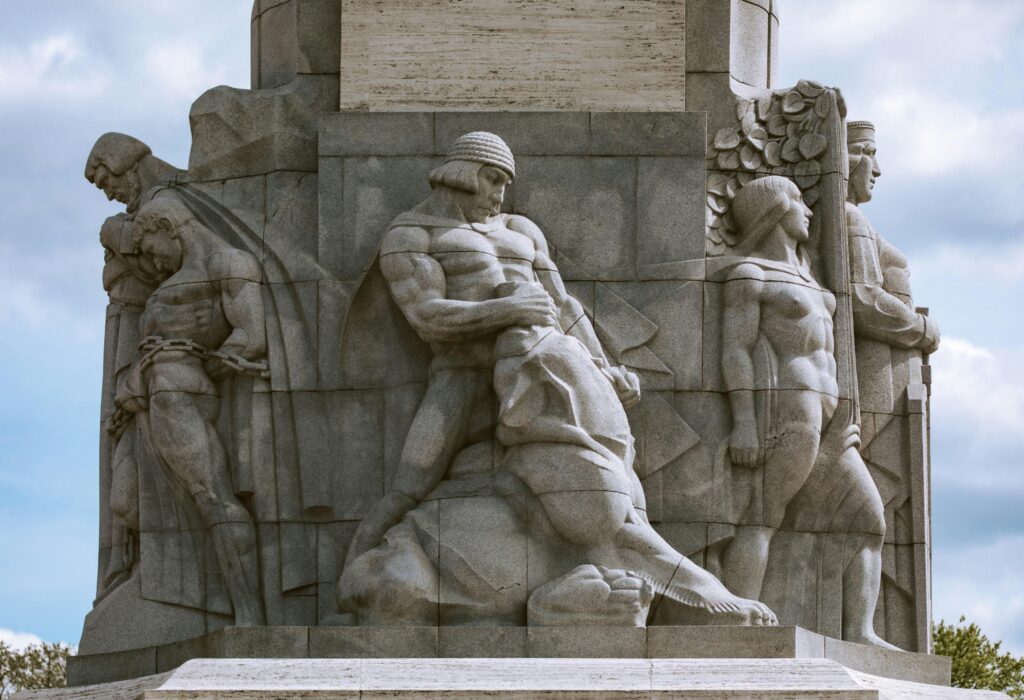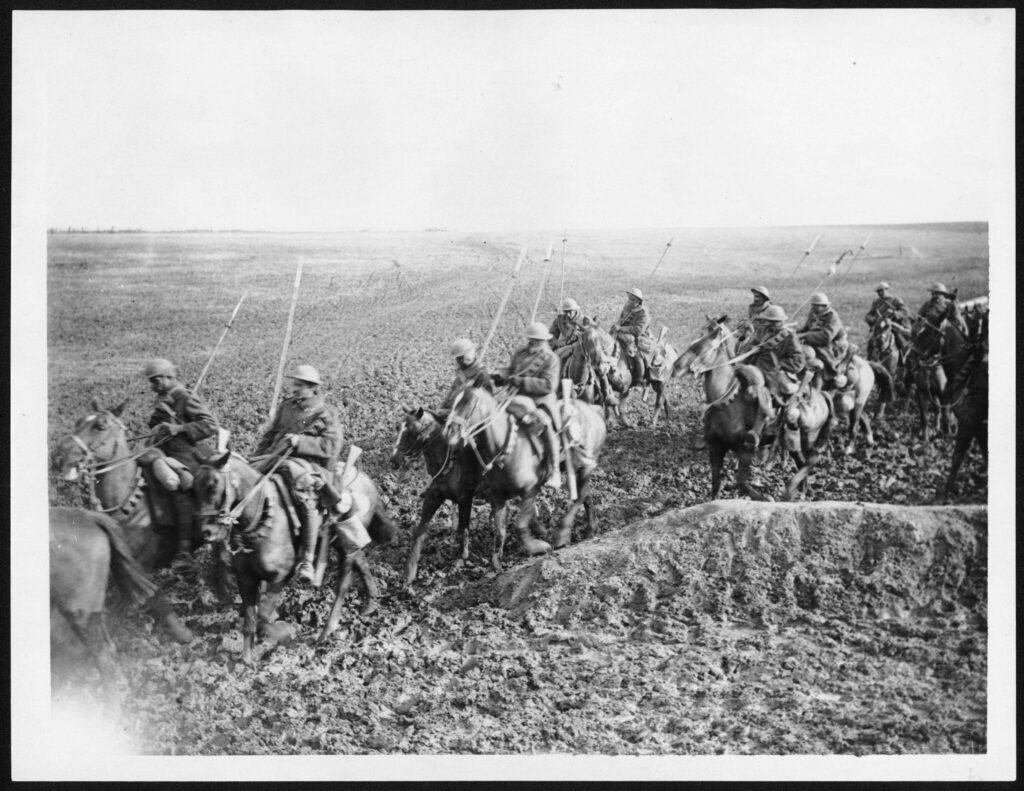Erwin Rommel, famously dubbed the “Desert Fox,” remains one of the most iconic and enigmatic figures of military history. Renowned for his brilliant tactics and leadership during World War II, Rommel’s legacy extends far beyond the battlefield. In this article, we delve into the complex impact of Rommel’s career—examining not only his strategic genius in the North African campaign but also the lasting impressions he left on military doctrine, ethical debates, and popular culture. Join us as we explore how the myth and reality of the Desert Fox continue to shape historical discourse and collective memory.
Table of Contents
- Erwin Rommel’s Military Strategy and Innovations in Desert Warfare
- Assessing Rommel’s Leadership Style and Its Influence on Modern Command Tactics
- The Controversies Surrounding Rommel’s Role in World War II and Ethical Considerations
- Lessons from Rommel’s Legacy for Contemporary Military Training and Strategic Planning
- Final Thoughts
Erwin Rommel’s Military Strategy and Innovations in Desert Warfare
Rommel’s approach redefined the art of desert combat, emphasizing speed, surprise, and adaptability to harsh environments that often crippled less prepared forces. His emphasis on mobility led to the innovative use of mechanized infantry, tanks, and reconnaissance units working in seamless coordination. Unlike many of his contemporaries, Rommel exploited the vast openness of the desert terrain to execute rapid flanking maneuvers, forcing his enemies into reactive and disorganized positions. This dynamic style of warfare was supported by rigorous logistical planning to ensure supply lines remained intact despite the challenges posed by the unforgiving desert climate.
Among Rommel’s tactical innovations were:
- Decentralized command: empowering lower-ranking officers with autonomy to make quick decisions on the battlefield, enhancing unit responsiveness and flexibility.
- Use of camouflage and deception: blending units with the environment and creating dummy installations to mislead and confuse enemy reconnaissance.
- Integrated combined arms tactics: synchronizing artillery, air support, and armored units in real-time operations, amplifying combat effectiveness.
These strategies not only allowed Rommel to dominate early campaigns in North Africa but also left a lasting imprint on modern desert warfare doctrines, bridging World War I static trench tactics with the mobile, mechanized battles that defined later conflicts.
Assessing Rommel’s Leadership Style and Its Influence on Modern Command Tactics
Rommel’s leadership was characterized by a blend of tactical brilliance, hands-on involvement, and deep respect for both his soldiers and adversaries. His command style emphasized swift decision-making and adapting to rapidly changing battlefield conditions, which instilled a high level of confidence among his troops. Known for leading from the front, he often placed himself in risky situations to better understand the dynamics of the fight, fostering a sense of camaraderie and motivation that modern commanders still seek to emulate. This approach not only accelerated operational tempo but also demonstrated a profound trust in the capabilities of subordinates, encouraging initiative and decentralized command—a principle now crucial in modern military doctrine.
Rommel’s influence extends beyond his battlefield successes; his methods have left a lasting imprint on contemporary military thinking. Some core elements inspired by his leadership style include:
- Flexibility in tactics: Adapting plans based on real-time intelligence and battlefield realities rather than rigid adherence to predetermined orders.
- Emphasis on mobility: Prioritizing speed and maneuver warfare to exploit enemy weaknesses and maintain the initiative.
- Effective communication: Ensuring clarity and brevity in orders to maintain momentum and reduce confusion during engagements.
- Empowering junior officers: Cultivating decision-making capabilities at all levels to foster responsiveness and innovation.
Modern command tactics have embraced these cornerstones, understanding that the interplay of agility, leadership presence, and empowerment moves beyond theory into essential battlefield survival strategies. Rommel’s legacy is a testament to how dynamic leadership deeply influences military operations long after the guns fall silent.
The Controversies Surrounding Rommel’s Role in World War II and Ethical Considerations
Erwin Rommel’s name often evokes admiration for tactical brilliance on the battlefield, yet his legacy is mired in complex and controversial debates about his ethical and moral stance within the broader context of Nazi Germany. Despite being lauded as the “Desert Fox” for his rapid maneuvers and strategic ingenuity in North Africa, questions linger regarding the extent of his complicity or resistance to the regime’s ideology and atrocities. Critics argue that Rommel’s close association with Hitler and his role as a high-ranking general inherently linked him to the catastrophic consequences wrought by the Nazi military apparatus. Was Rommel simply a soldier following orders, or was he an opportunist who turned a blind eye to the horrors around him? This dilemma continues to fuel scholarly and public debates.
Adding further layers to this discussion are the ethical considerations tied to Rommel’s reputed conduct during the war. Some historians point to instances reflecting a code of honor, such as his reportedly chivalrous treatment of prisoners and efforts to minimize unnecessary suffering among soldiers. However, others highlight his participation in war campaigns that inevitably supported a genocidal regime. The juxtaposition of these perspectives underscores an enduring tension:
- Rommel as the professional soldier detached from Nazi ideology
- Rommel as an enabler of a brutal and oppressive war machine
- The moral responsibility of military leaders in wartime
These debates raise essential questions about the ethics of leadership under oppressive regimes and the moral limits of military obedience.
Lessons from Rommel’s Legacy for Contemporary Military Training and Strategic Planning
Rommel’s approach to warfare underscores the importance of adaptability and initiative in military leadership. His ability to rapidly assess battlefield conditions and adjust tactics accordingly remains a timeless lesson for modern armed forces. Contemporary military training programs that emphasize critical thinking, decentralized command, and the empowerment of junior officers draw directly from Rommel’s battlefield style, which prized agility over rigid adherence to doctrine. His legacy also affirms the value of thorough reconnaissance and intelligence-gathering, encouraging today’s strategists to integrate real-time data and flexible planning to maintain operational superiority.
Furthermore, Rommel’s strategic vision highlights the need for comprehensive preparation that balances innovation with pragmatism. Modern strategic planning benefits from his example by combining technological advancements—such as cyber warfare and drones—with fundamental principles like terrain utilization and supply line security. Incorporating Rommel’s emphasis on morale and leadership presence into training regimes fosters resilient units capable of enduring the psychological pressures of combat. Some key takeaways applied today include:
- Encouraging initiative at all ranks to exploit fleeting opportunities
- Integrating multidisciplinary intelligence for adaptive decision-making
- Balancing cutting-edge technology with time-tested battlefield tactics
- Building leadership skills that emphasize presence, accountability, and morale
Final Thoughts
In reflecting on Erwin Rommel’s legacy, it becomes clear that his impact extends far beyond his battlefield tactics and wartime exploits. Known as the Desert Fox, Rommel’s blend of strategic brilliance, leadership, and complex character continues to influence military thought and popular culture alike. While his actions remain a subject of debate, understanding Rommel’s legacy is essential to grasping the nuanced narratives of World War II and the enduring lessons of command under adversity. As history continues to unfold, the story of Rommel reminds us that legacy is rarely simple—but always worth exploring.













